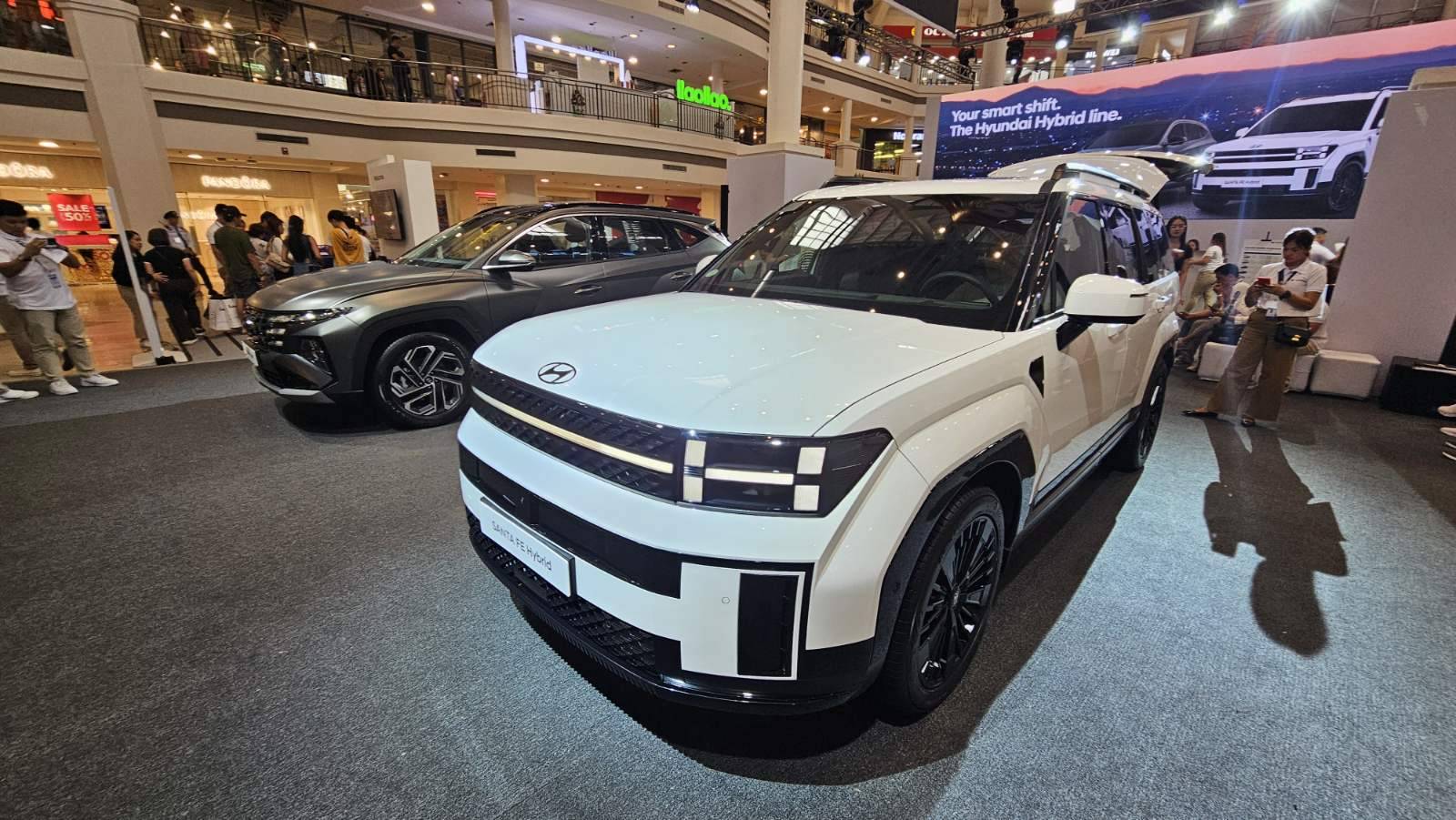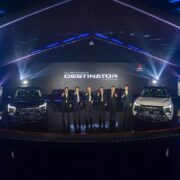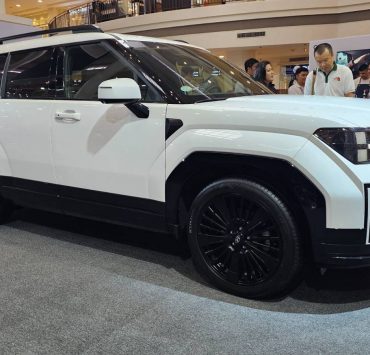Hyundai Motor Philippines: A return to the local hybrid stakes

Think hybrid-electric vehicles (HEV) and your mind goes to the country that gave us ramen, anime and Miki Matsubara’s popular hit “Stay With Me.”
After all, it was the Land of the Rising Sun that introduced the first mass-produced HEV, the Toyota Prius, in 1997. Not to be outdone, rival Honda Cars debuted its sleek Insight two-door hatchback just two years later.
More than 25 years since these pioneering cars hit the road, Japan remains to be the world’s top producer of HEVs. And in the Philippines, these electrified amalgams have finally started picking up steam, with many of the top sellers coming from Toyota and Honda Cars.
But Hyundai Motor Philippines (HMPH), which has electrified the local market with the IONIQ 5, IONIQ 6 and IONIQ 5 N battery EVs, is about to give its Japanese competitors a good fight with the all-new Tucson Hybrid and Santa Fe Hybrid.
We look at how the South Korean automaker has succeeded in playing catch-up with its neighbor and what these new HEV crossovers mean for those who want cleaner mobility.
15 years of progress
HMPH president Dong Wook Lee mentioned at the Thursday launch of the Tucson Hybrid and Santa Fe Hybrid that the carmaker’s first production HEV was introduced in 2009.

This was the Hyundai Elantra LPI Hybrid that was available only in South Korea. This compact sedan had a mild-hybrid powertrain that included a 1.6-liter 4-cylinder engine powered by liquefied petroleum gas and lithium-polymer batteries, with fuel consumption of 17.8 kilometers per liter and just 99 grams per kilometer of carbon-dioxide emissions.
Two years later, the larger Sonata Hybrid made its global debut, featuring a full-hybrid system that combined a 2.4-liter, 4-cylinder gasoline engine, a 30-kilowatt electric motor and lithium-polymer batteries.
In the Philippines, our first taste of a “Hyun-brid” was the Ioniq Hybrid that was launched at the 2018 Manila International Auto Show.
Priced at under P1.5 million, the compact hatchback was propelled by a 1.6-liter 4-cylinder engine mated to an electric motor for a combined output of 139 horsepower and 264 Newton-meters of torque.
Poor sales and the change in management to HMPH in 2022 meant the Ioniq Hybrid gave way to battery EVs like the IONIQ 5 and IONIQ 6.
Undercutting the competition
With the Tucson Hybrid and the Santa Fe Hybrid, HMPH is set to give established Japanese marques a headache.

Size-wise, the Tucson Hybrid measures well against its chief rivals, the Toyota RAV4 HEV and the Honda CR-V e:HEV, with the latter just a bit longer than the South Korean upstart. However, the Hyundai is more powerful and torquier than both compact crossovers.
Perhaps most interesting is the price – the Hyundai is P300,000 less than the equivalent top-spec Honda and P406,000 cheaper than the top-spec Toyota. And even if we use the base-model RAV4 XLE HEV, the Tucson Hybrid is still cheaper by P56,000 and much better equipped.
Meanwhile, the Santa Fe Hybrid’s only serious competitor in the three-row, hybrid crossover market is the Mazda CX-90, which is larger and offers more seats. But the Hyundai fights back with a full-hybrid drivetrain and a pricetag that’s P350,000 less than the base-model Mazda.
Given that the local car market is amped up for more electrified offerings, it looks like these “Hyun-brids” came in at just the right time.

















